From mail-in to counting: An in-depth look at Clark County's electoral process
From March 12 to 21, the Global Public Affairs Bureau of the U.S. Department of State, through its Foreign Press Centers, facilitated a reporting tour titled ‘Democracy is More Than Election Day’. The initiative enabled journalists from 20 different countries to engage first-hand with the electoral process in Clark County, Nevada, as the United States gears up for its upcoming elections.
Clark County Elections Office's Registrar of Voters, Ms. Lorena Portillo, delivered an incisive breakdown of a county elections office's critical functions and conducted an extensive tour of the facility.
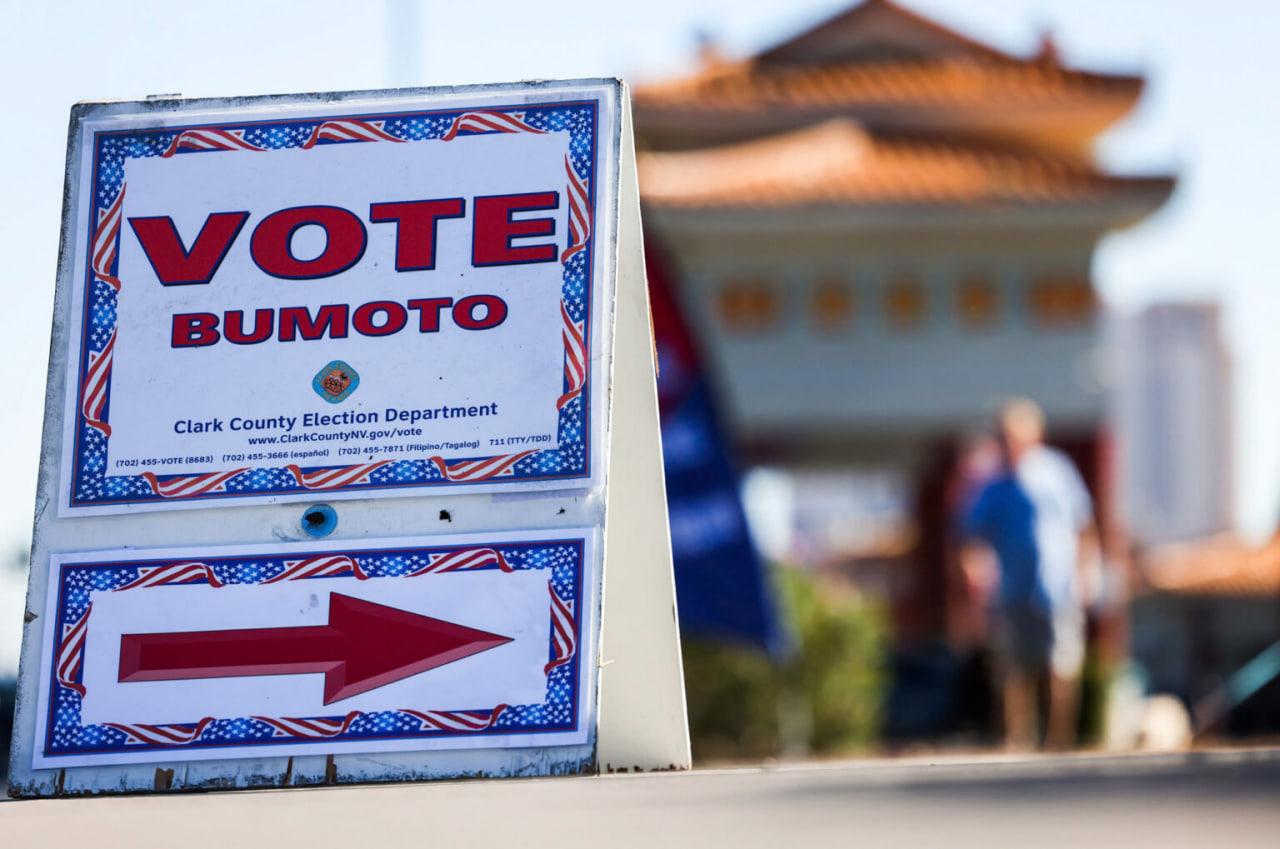
A Kun.uz correspondent, Doniyor Tukhsinov, who also took part in the reporting tour, studied the early voting and mail ballot processes in the Clark County Elections Office and had a brief conversation with Lorena Portillo. During the brief interview, Ms. Portillo explained that the Clark County Registrar's Office is responsible for managing the county’s elections for the 1,401,255 registered voters (463,120 Democrats, 352,405 Republicans, 492,011 Nonpartisans, and 99,715 others).
She noted that besides orchestrating the elections and tallying outcomes, the registrar's mandate includes galvanizing community involvement and fostering comprehension and participation across the political spectrum.
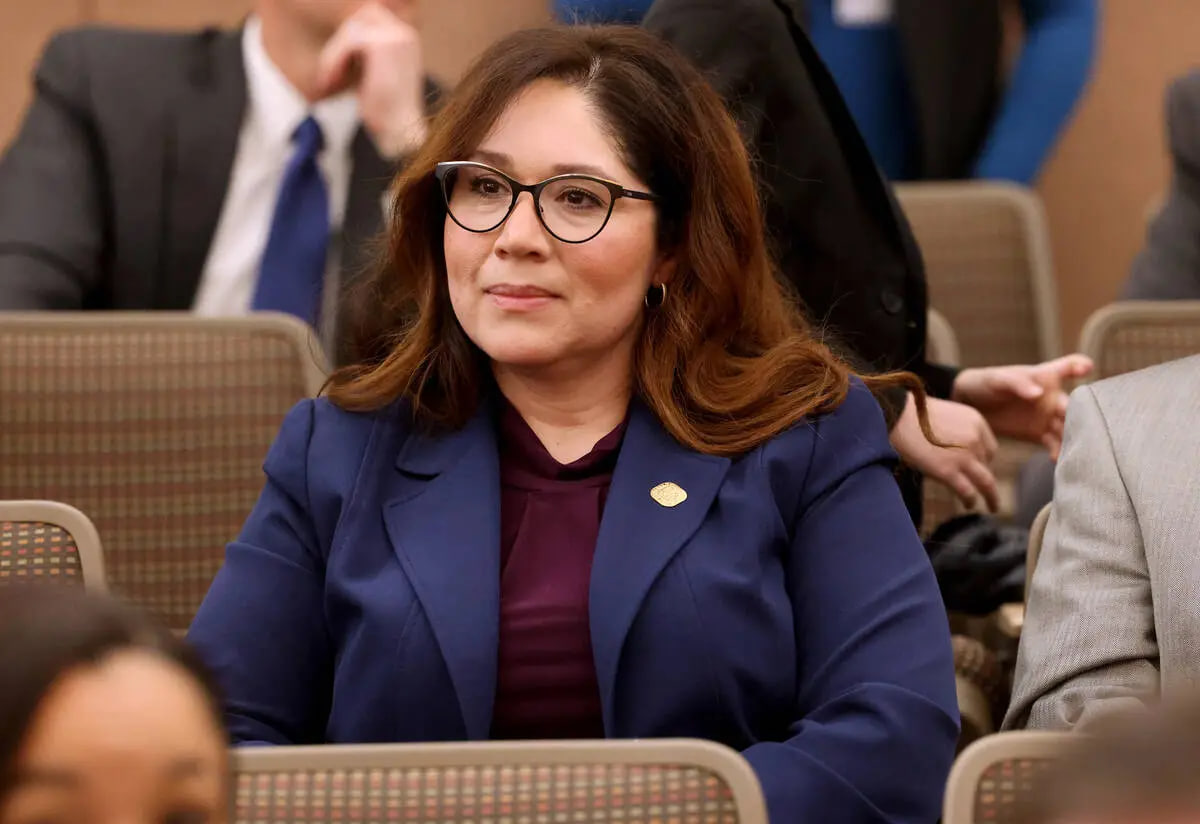
Ms. Portillo added that they conduct elections in three languages – English, Spanish and Filipino. “If we were to be required to add another language, we have to make sure that we update the signs and every piece of software that we have,” she said.
In highlighting trends, Lorena Portillo remarked on the substantial growth in mail ballot voting within the county. Where four years prior mail ballots accounted for approximately 50,000 votes, they have since surged past 450,000, indicating a pronounced shift towards postal voting preferences amongst the electorate.
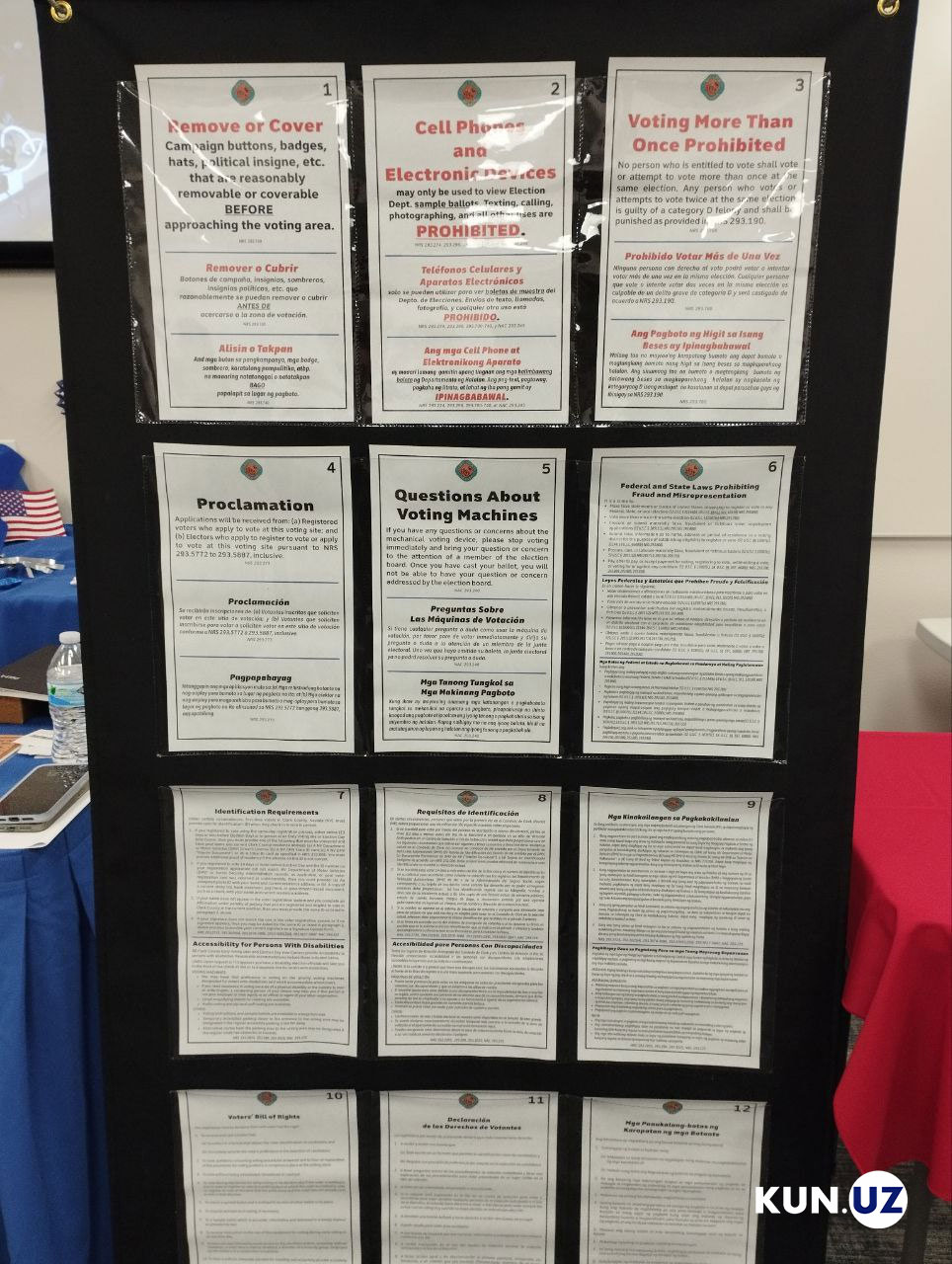
Mail Ballot Voting: A Step-by-Step Process
1. Intake: Voter's Particulars and Return
- Voters attentively complete their mail ballot in accordance with the provided guidance, placing their ballot in the designated return envelope.
- Upon signing the return envelope and sealing it, voters dispatch it either through the postal service or by depositing it at an official ballot drop-off location.
- Received at the Election Department, the mail ballot envelopes undergo initial preparation primed for the ensuing authentication phase.
2. Signature Verification: Automated and Manual Assessment
- The Election Department employs an Automatic Signature Recognition (ASR) program that meticulously scans and analyzes voter signatures.
- Ballot envelopes that are not authenticated by ASR are then passed to a Manual Signature Verification stage, where bipartisan personnel rigorously compare the signatures against existing records, mainly coming from the Department of Motor Vehicles or voter registration forms.
3. Sorting and Separating: Verification and Validation
- A crucial sorting process differentiates between envelopes with verified signatures and those pending confirmation.
- Successfully authenticated envelopes via either automated or manual checks are dispatched to Tray Inspection, before advancing to the Central Counting Board.
- Envelopes lacking a signature or those with non-verifiable signatures are directed to the Signature Cure journey, where voters receive a notice to rectify their ballot status.
4. Tray Inspection: Rigorous Oversight
- Tray Inspectors conduct comprehensive verifications and audits on batches of mail ballot envelopes, ensuring the integrity of verified signatures.
- Post-audit, the endorsed ballot envelopes are meticulously logged and relayed to the Central Counting Board Area, marking their readiness for the final tallying operation.
5. Counting Board: Unveiling the Votes
Ballot Extraction and Inspection
- In this pivotal phase, mail ballot envelopes are carefully opened, and the contents—the mail ballot and secrecy sleeve—are delicately extracted and separated, effectively anonymizing the voter's identity.
- Each ballot is then systematically flattened and subject to stringent visual scrutiny to ensure compliance with the voting guidelines and to ascertain the ballot's readability by tabulation technology.
Ballot Duplication
- In instances where a ballot is damaged or marred to the point of possible misinterpretation by scanners, bipartisan teams meticulously recreate an accurate physical copy to preserve the voter's intent.
Imprinting
- The ballots undergo a unique imprinting process, which assigns an identifiable number critical for a post-election risk-limiting audit (RLA), a procedure designed to confirm the accuracy of the election results.
6. Tabulation: Cataloging the Electorate's Decisions
Scanning
- High-speed scanners are employed to swiftly and accurately record the selections voters have made on their ballots.
- Ballots that defy scanner readability are duly logged and redirected to the Central Counting Board for replication.
- When a ballot appears to exhibit an overvote or contains unclear markings, bipartisan adjudicators are summoned to assess and resolve the matter.
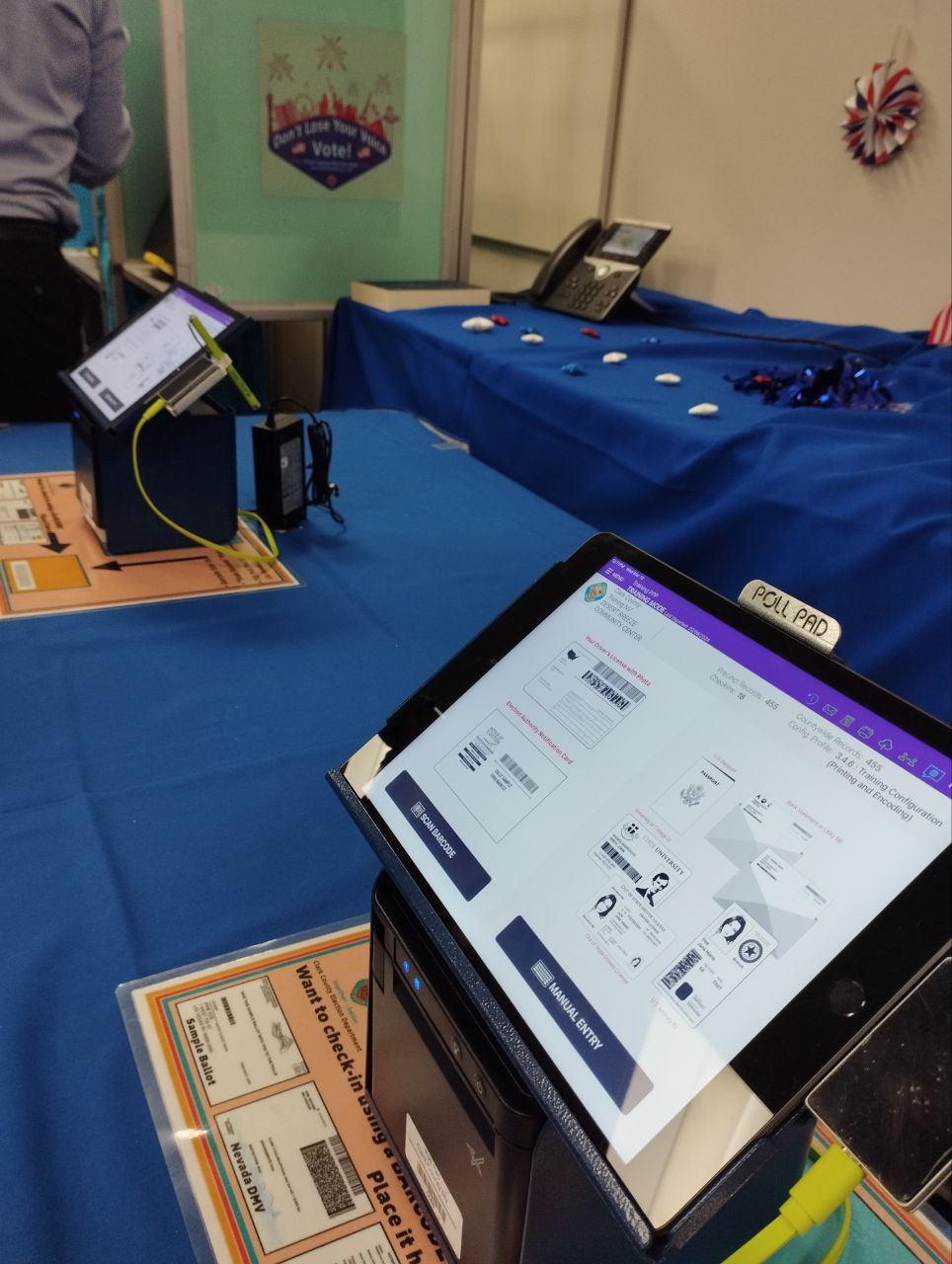
7. Secure Storage: Safeguarding Electoral Integrity
Post-Scan Protocol
- The completion of the scanning process sees ballots stored in tightly sealed boxes, which are then transported to a highly secure storage area.
- These boxes of ballots are preserved for a statutory period of 22 months, adhering to legal mandates.
Preventative Measures
- Mail ballot processing initiates a 15-day countdown before Election Day, with vote tabulation reserved exclusively for that day.
- A robust database system ensures that once a vote is cast, the individual is prohibited from submitting an additional vote, whether in person or by mail, within the same election cycle.
Bipartisan Oversight
- Critical tasks such as Ballot Extraction, Signature Verification, and Ballot Adjudication are all carried out under the watchful eye of bipartisan teams, reinforcing the nonpartisan sanctity of the voting process.
Related News
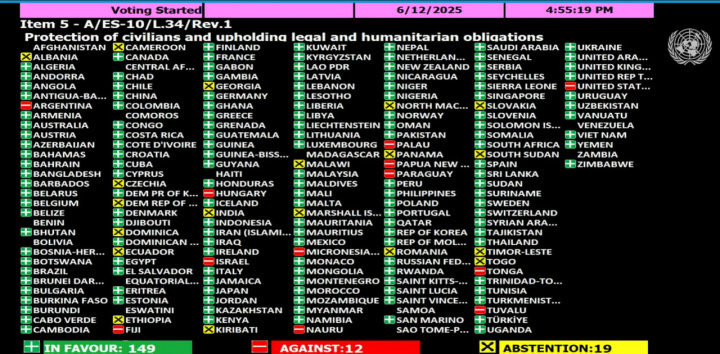
12:35 / 14.06.2025
Uzbekistan and 148 UN member states demand immediate ceasefire in Gaza

18:57 / 04.06.2025
Shavkat Mirziyoyev congratulates Lee Jae-myung on victory in South Korea’s presidential election
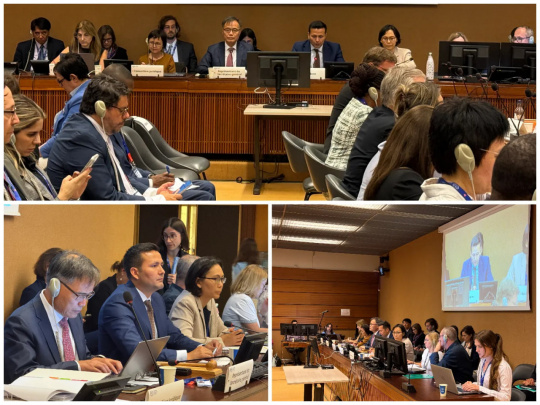
11:10 / 04.06.2025
Uzbekistan’s Permanent Representative to UN elected chair of General Affairs Committee at International Labor Conference

14:32 / 28.05.2025



